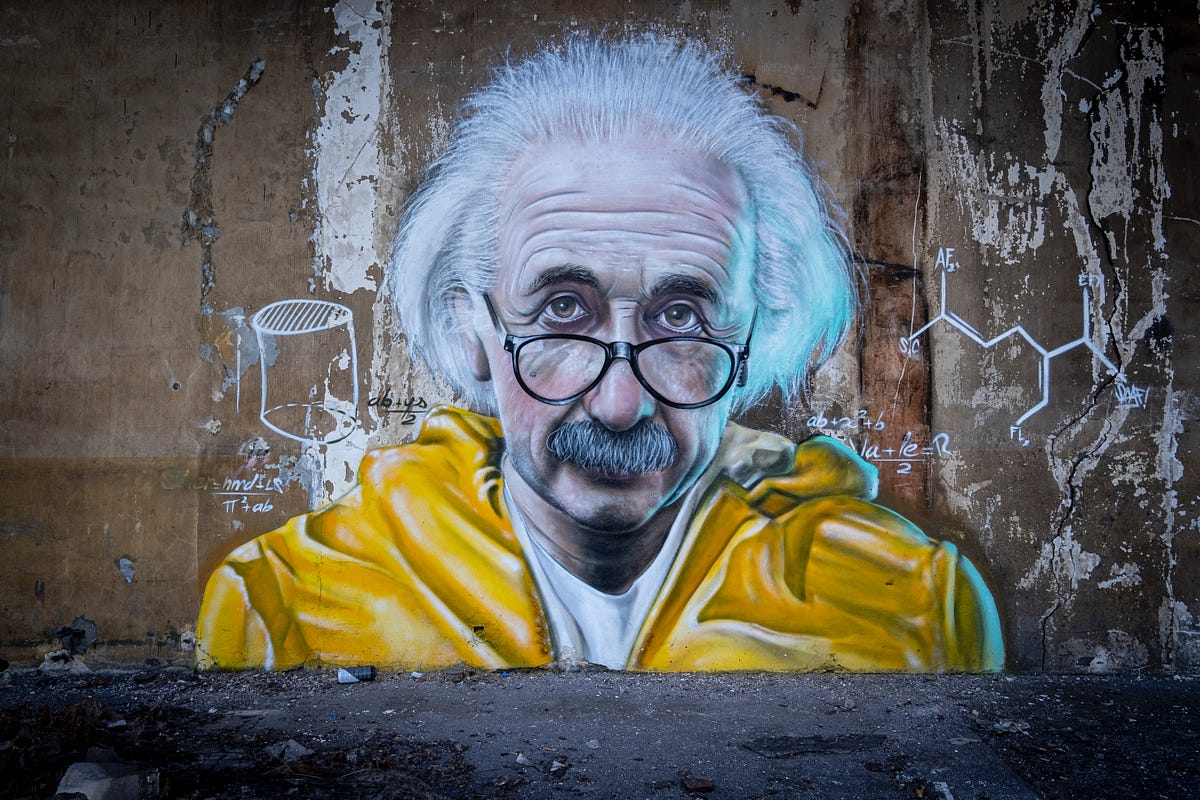Problems, commonly referred to as Q&A tasks, aim to learn from a data set that records questions and answers in pairs, so that when a question is asked, an appropriate answer is produced. You can think of a chatbot. Unlike this, question generation is a task that automatically generates questions that can appear in the paragraph when you give it a paragraph.
This technology can be used in self-supervised learning, which automatically generates and learns data sets for Q&A tasks, and can also be used as a technology to implement asking (rather than answering) property of chatbots. The github repository below is a question generation model created using SKT KoGPT-2, and the trained model can also be downloaded.
Also, the following link is an article on how to create a multilingual question generation model using mT5, Google's multilingual language model.

In order to create a dialogue model that actively asks questions rather than answering passively, there are many things to think about other than question generation, such as determining when to ask questions, but it seems that all these technical elements are needed to enable more natural dialogue.







